Each candlestick represents a naked cherub covered with a liana of flowers, carrying the bouquet as candlesticks with two lights of light.
The branches are decorated with flowers, buds and petals.
The candle holders are equipped with their original and removable bobeches.
They rest on four small so-called "spinning top" feet in bronze, enhanced by a square base in white Carrara marble set with a bronze outline chiseled with rows of pearls and laurel leaves enhancing a magnificent round and fluted marble column.
Period: Napoleon III - XIXth
Style: Louis XVI
Measures: Height: 40cm x Width: 18cm
Lighting up when the sun goes down has always been one of the concerns of mankind, which explains his particular interest in lighting systems since the dawn of time.
If the candle was not invented until the middle of the 19th century, the candle appeared as early as 3000 BC. AD, whose origin consists in splitting a section of rush before dipping it in grease.
If a candle holder and a candlestick play the same role as candle holders, the former is distinguished by the absence of a foot. Its larger body takes the shape of a cup or saucer, allowing the melted wax to be recovered.
From its base, the candlestick has several arms, each of which receives a candle in a hollow molded base.
But the development of electricity causes the gradual disappearance of this ancestral lighting, considered too dangerous and not very bright.
The candlesticks are making a comeback and with certain precautions, the interior is shrouded in a certain mystery when the candles are lit, like a source of reverie and melancholy, seduction and declarations.
Certificate delivered with the object.
https://www.pyantics.com
https://www.marchebiron.com
https://www.pucesdeparissaintouen.com


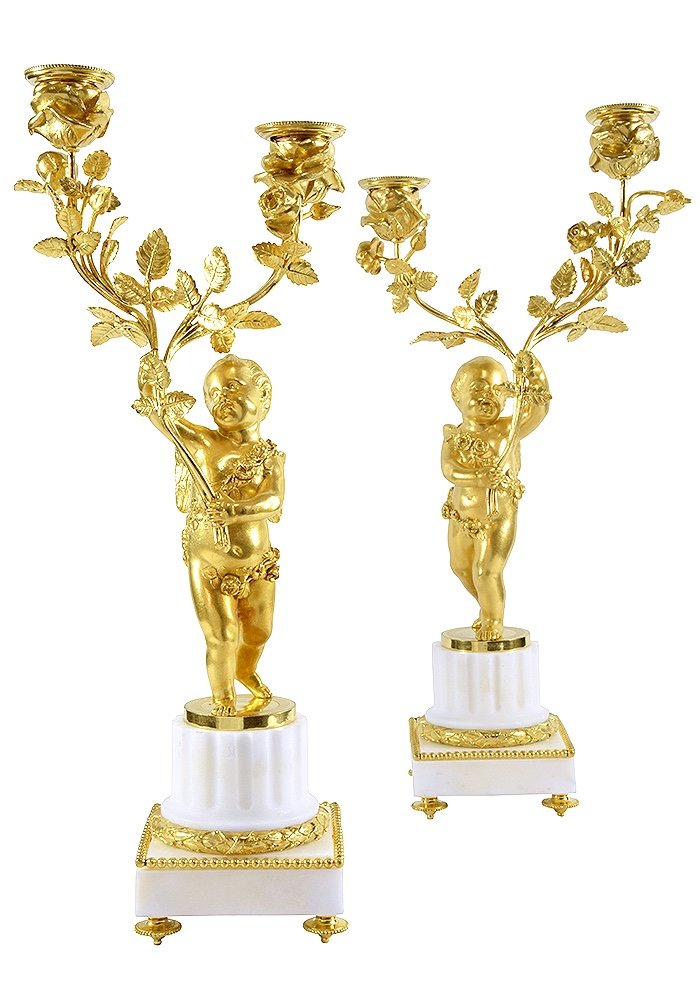

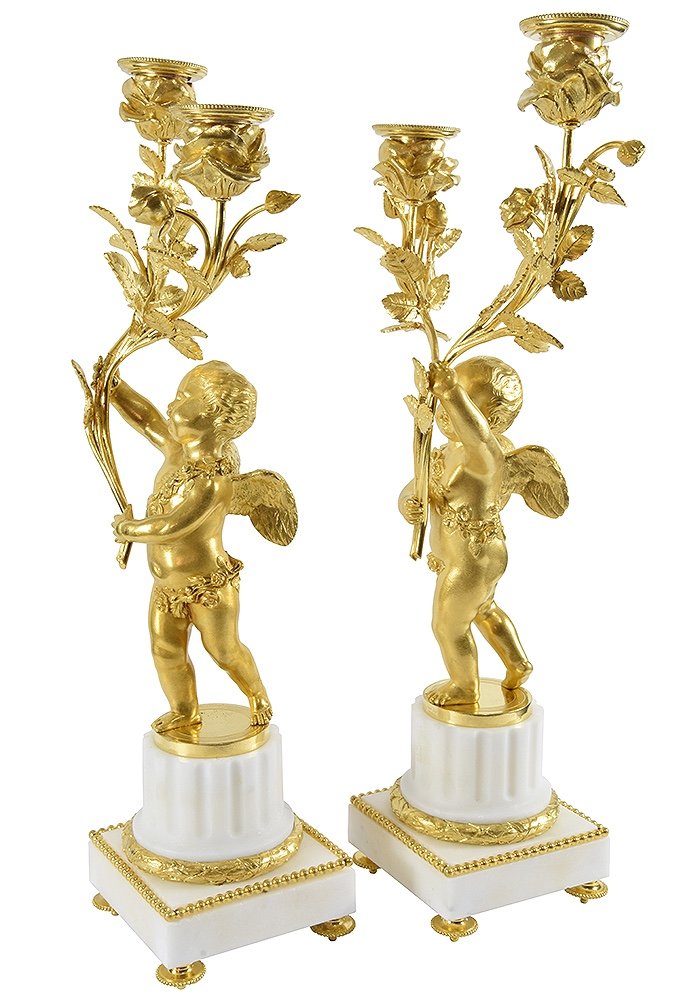

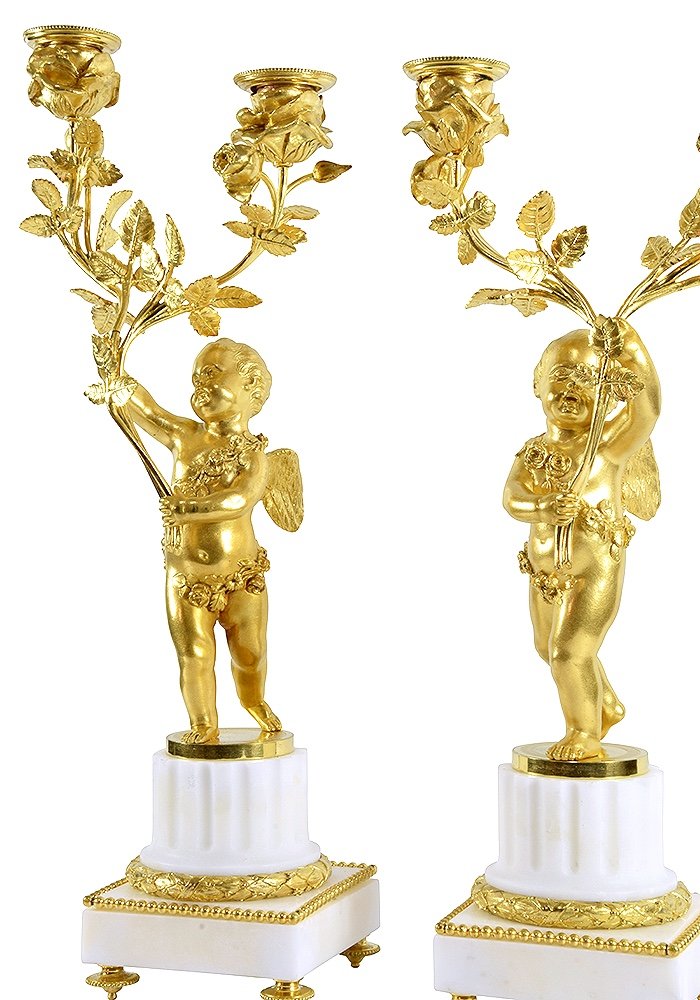
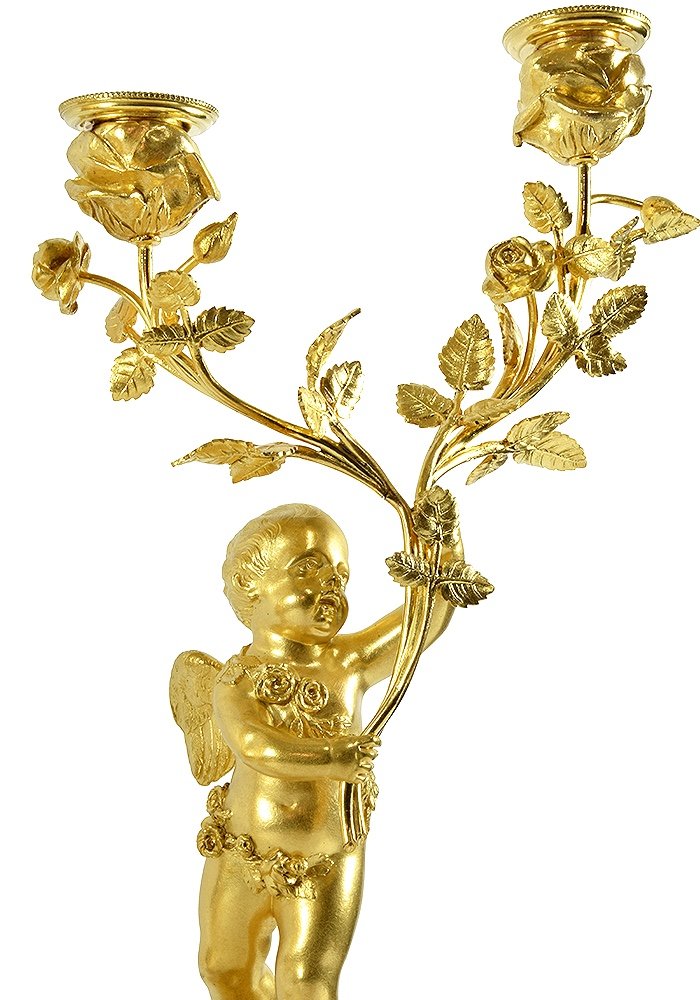



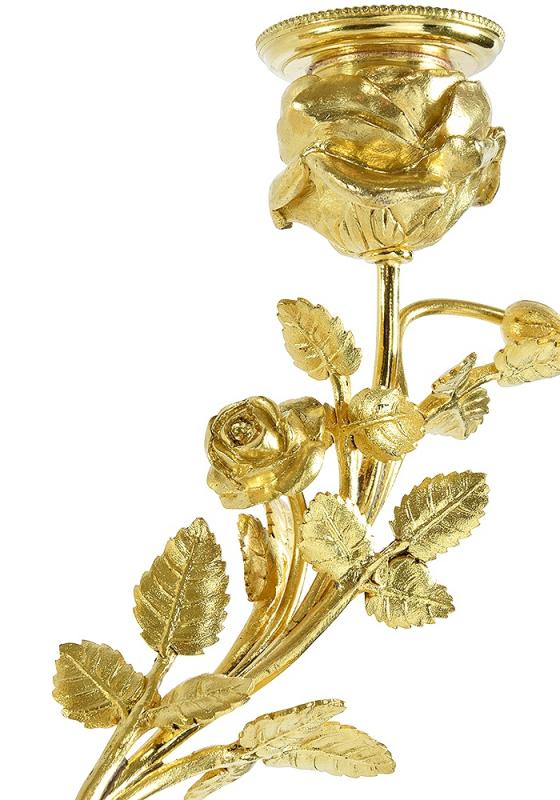

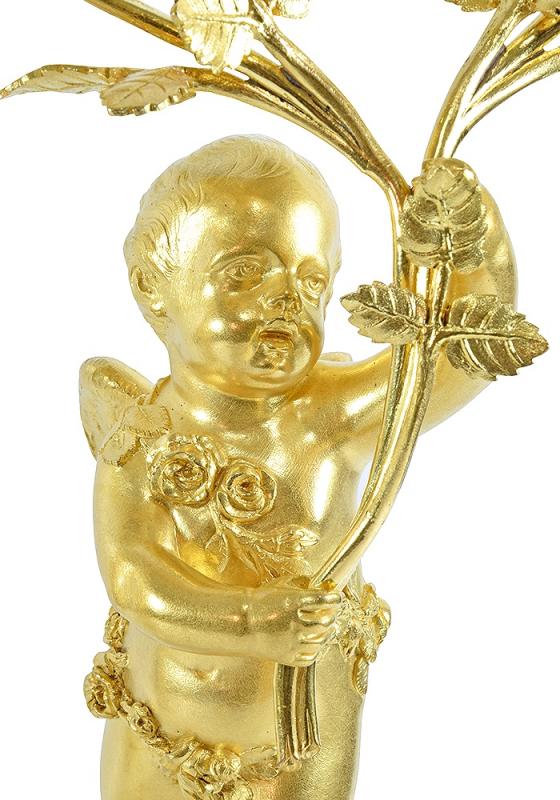






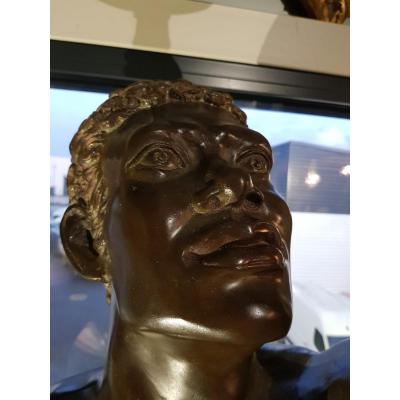
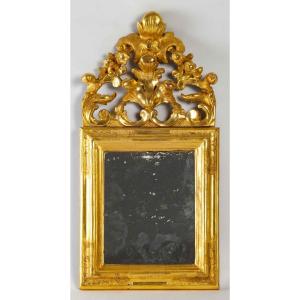
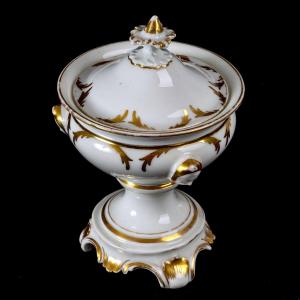

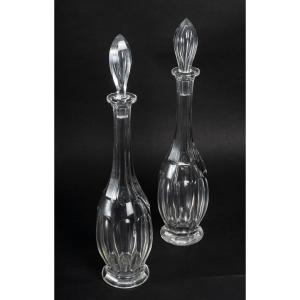
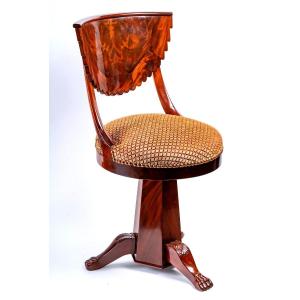


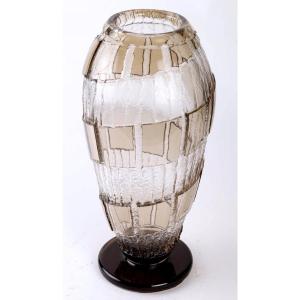
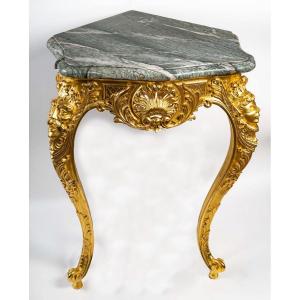


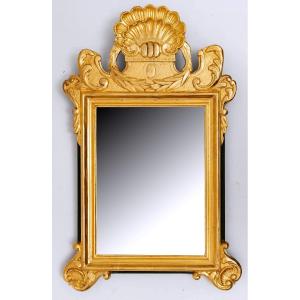



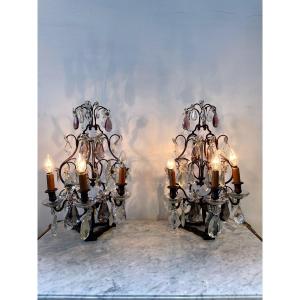
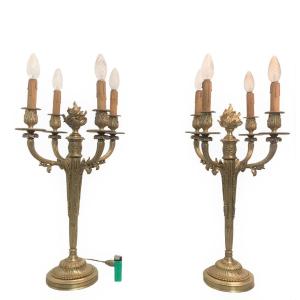




 Le Magazine de PROANTIC
Le Magazine de PROANTIC TRÉSORS Magazine
TRÉSORS Magazine Rivista Artiquariato
Rivista Artiquariato